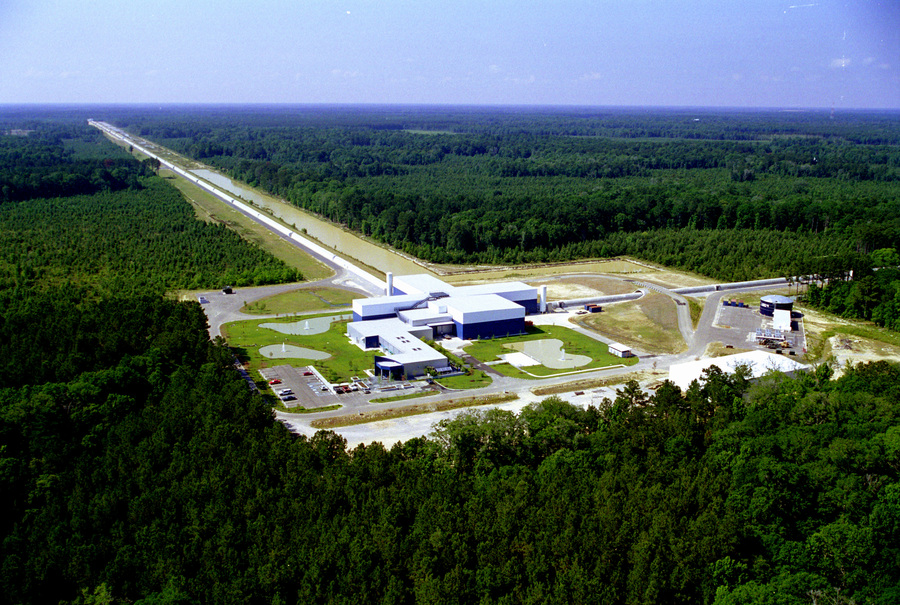
What are the achievements and goals of the Laser Interferometer Gravitational-Wave Observatory (LIGO) and the Laser Interferometer Gravitational-Wave Observatory (LIGO), an American research facility where more than 1,000 scientists are conducting experiments at a cost of over $1 billion?
Physicist Albert Einstein predicted the existence of a gravitational wave, a phenomenon that propagates at the speed of light as a distortion wave of time and space in a paper on the theory of general relativity, written in 1916. Half a century later, into the 1960s, many scientists attempted to observe gravitational waves to confirm Einstein’s predictions, but with no remarkable results.
Fifty years after the gravitational wave observation began in earnest, Einstein predicted its existence, and in February 2016, 100 years later, the gravitational wave was barely observed and confirmed its existence. At this time, it was LIGO, an American observation facility, that successfully observed gravitational waves.
Since the first observation of gravitational waves in 2016, LIGO has successfully observed 23 gravitational waves through the three observation project. Of these, 20 are collisions with black holes as in the first episode, and two are collisions with neutron stars. Recently, through observations in August 2019, it was the first in the world to detect a gravitational wave that appears to have been caused by a collision between a black hole and a neutron star.
With these achievements, the black hole collision that excited the world’s physics community in 2016 has recently become a completely boring event. Astrophysicist Daniel Holtz at the University of Chicago said that research on black hole collisions is now a statistically processed event, but then it is fascinating enough to see how gravitational waves are transmitted or how large or small the collision magnitude is than historical observations. Say.
Meanwhile, there are still many new discoveries. At 6:34 on August 28th, LIGO observed gravitational waves caused by collisions between black holes, but detected the same gravitational waves 21 minutes later. Gravity wave wavelengths seldom coincide. Subsequent investigation revealed that the two observational records revealed that the gravitational wave caused by the collision of the same celestial body was likely to have occurred in different directions. It is said that it is estimated that the gravitational wave is also bent by gravity like the gravitational lens that is emitted in the other direction.
It’s been a bumper #GravitationalWaves day already, with *two* candidate events recorded in close succession this morning-both observed by all three detectors in our global network: @LIGOLA @LIGOWA and @ego_virgo . #O3ishere https://t.co/L29IhhyBBk pic.twitter.com/LSGR7XTnEW
— LIGO (@LIGO) August 28, 2019
https://platform.twitter.com/widgets.js
LIGO says that black holes and neutron stars, which have been observed through gravitational waves, are all celestial bodies formed when giant stars end their lives. It is a supernova explosion that prompts the birth of this new star, which LIGO challenges for its next observation. However, since the gravitational waves generated by supernova explosions are weak, it is known that the solar system cannot be observed only when a supernova explosion occurred in our galaxy.
Holtz says that the occurrence of supernova explosions in our galaxy is generally at the bottom of the first century, so it has not been observed once in the four years since LIGO began operating in earnest, and will have to wait in the future. However, as it will surely happen one day, he showed that he was waiting for a big event once every 100 years.
LIGO is planning to upgrade to ALIGO+ (Advanced LIGO Plus), which has greatly improved accuracy by investments such as the National Science Foundation of the United States, and it is said that gravitational waves can be detected at an hourly rate by 2023 when the facility maintenance is completed. Related information can be found here .


















Add comment